My name is Davis Wu. I am a nature photographer, specializing in wildlife photography.
Don't wanna be here? Send us removal request.
Text
Statement
In this photography project, " Te Hākari ō Kōtare," I dive into the lives of sacred kingfishers (kōtare) within the unique ecosystem of Weona Reserve in Auckland, New Zealand. This project focuses on capturing the feeding behaviors of these birds, providing an intimate look into their daily life and interaction with the environment. Weona Reserve is a small, but biodiverse estuary area located at proximity of urban life where nature and human activity intersect.
The primary subject of this project is the kōtare, known for its vibrant feathers and exceptional hunting skills. By documenting the kōtare, particularly focusing on its feeding habits, I aim to showcase the bird's daily life. The project will communicate the beauty of nature through a series of images that highlight the interactions of kōtare with its environment. These images will also touch on themes of adaptation and survival, illustrating how these birds thrive in a space shared with human activity, and how humans might shape their lifestyle and future.
Inspired by the works of wildlife photographers Charlie Hamilton James, who captures dynamic movements of kingfishers and their life cycle in stunning details, my approach is documentary-style, aiming to capture the raw and unfiltered moments of the kingfisher’s life. This project, however, differentiates itself from Charlie’s project by detailed examinates of one specific behavioral context, which is feasting. Joffrey Moon is the other inspiration for this project. Although he had incredible skills and took stunning action photos of birds despite technological challenges - he always regarded himself as a naturalist, rather than a bird photographer[1]. He is a great example of wildlife photographer can be more than just a photographer. The photos I took and the behaviors of kōtare I recorded can be used for educating people and even scientific research.
In this project, I want readers to feel a sense of wonder and respect for the kōtare and its environment. By showcasing the birds’ intricate feeding habits and the environment they lived, I hope to inspire greater appreciation for wildlife and highlight the importance of conservation efforts. Moreover, I want to raise awareness of how high global emission can impact this species’ future. Taking pictures for wildlife is like being a journalist; as photographer Charlie Hamilton James said, “True journalism requires us to remove ourselves as much as possible from our subject”[2]. In Weona Reserve, however, I was able to get really close to kōtare since they are so used to human’s present. With rising sea level, kōtare might choose or be forced to leave the area to seek an alternative location for food, which means the future generation will lose this opportunity to observe them.
The photobook includes 11 images of the kingfisher and two images of Weona Reserve. Of the 11 images of the kingfisher, six are sequenced to show the bird’s actions while feeding on a crab caught on the exposed riverbed. Using a fast shutter speed, the camera freezes three distinct moments of the feeding process. The most interesting series among the three is the one kōtare throwing up a pallet while trying to feed on a crab; pallet is a wrap of things they cannot digest. This action series is edited into black and white to reduce distractions, allowing viewers to focus on the kingfisher's actions. The background of the book is primarily white, with three pages of action series in black, which are aimed to create a sense of film.
To fully cover the feeding behavior of kōtare, it required me to have 2 to 4 shoots over a span of two weeks, capturing varied behaviors and interactions at different times of the day and under different weather conditions. I used a high-quality mirrorless camera with a 400mm telephoto lens with a 1.4x teleconverter. Although the time and weather were different between encounters, they have one thing in common, which is the tide. During low tide, I found that kotare are most active. In that timeframe, riverbed will be exposed from the water, which allows crabs to emerge from mud, and that gives kōtare a good opportunity to feast. They usually perch on the ledge of handrail before diving into the exposed riverbed where crabs are living, and then return to handrail to feast. I learned that they are very successful hunters after spending some time documenting them; they always got their prey.
By documenting the sacred kingfisher’s feeding behavior within the unique context of Weona Reserve, " Te Hākari ō Kōtare " seeks to create a compelling visual narrative that blends profound story with scientific observation. Ultimately, this project aspires to inform and inspire viewers, creating a bridge between kōtare and humans to forester an appreciation for wildlife and nature among us.
[1] “About 1.” Charlie Hamilton James, http://www.charliehamiltonjames.com/about. Accessed 5 June 2024.
[2] Stuff. https://www.stuff.co.nz/dominion-post/news/obituaries/2292188/Geoffrey-Moon-Photographer-who-captured-a-flash. Accessed 5 June 2024.
0 notes
Text
Raw file preview issue!
It is unsure whether is the files got corrupted or it is an issue of Windows, but all the infos in the raw file are still available.
0 notes
Text
Feedback from presentation
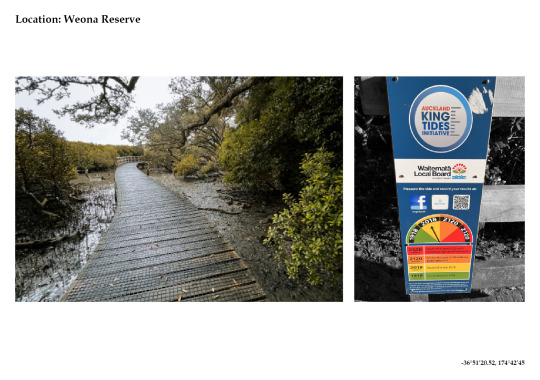
These two photos broke the concsistency of the photobook, so I moved them all the way back to the last page. To be honest, they are only here for the context. The most ideal way is just to remove these two photos from the book.
Also, No 's after Maori words.
0 notes
Text
Photobook Draft & Geoff Moon
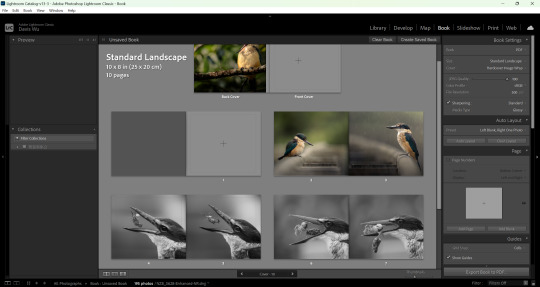
I tried to create a sequence of photos that document behaviors of kingfisher. Moreover, inspired by Peter Peryer's photobook, I want the two photos on the same page to share some sort of similarity and connection on both composition and narrative aspect.
Geoff Moon
The most interesting thing I learned from Geoff Moon is he regards himself as a natrulist instead of a bird photographer despite he had such a incredible skill and passion on bird photography. I am also surprised that how wildlife photographer can contribute on wildlife reaserches and help bioligists to understand a species more. Geoff Moon was the first to discover a special membrane kingfishers used for protecting their eyes for diving.
0 notes
Text
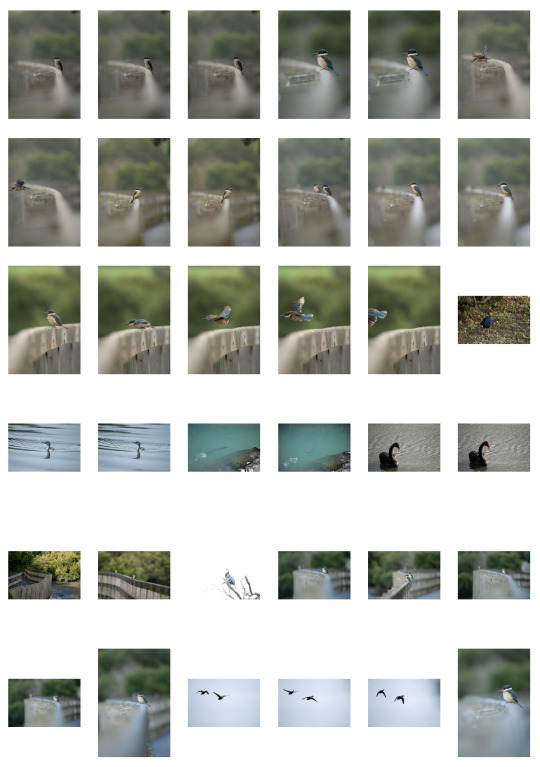
Week9 SDL
This week I went to Weona Reserve in a rainy day during low tide. Although the light is low, I was able to capture lots of kingfisher's actions. They were constanly going up and down to capture crabs.
0 notes
Text
Week 9
What and Who Will You Portray?
I will be portraying the sacred kingfisher, a bird known for its skilled hunting techniques.
What Might You Communicate Visually Through the Concept of Portrayal?
Through this project, I aim to visually communicate the dynamic process of how kingfishers feed. By focusing on their hunting behaviors, I intend to highlight the bird's agility, and the symbiotic relationship it maintains with its environment.
What is Your Position on Your Subject Matter?
My position on the subject matter is to inspired curiosity. By documenting the kingfisher's feeding behaviors, I hope to foster a deeper appreciation for this remarkable bird and raise awareness about the importance of preserving its natural habitat.
What is Your Voice? What is Unique About Your Subject or Your Approach to It?
My voice in this project is characterized by a documentary style. By utilizing a close-up and intimate approach, I aim to capture the behaviors of the kingfisher that are often overlooked. This project is focused on a single species and its detailed examination of a specific aspect of their behaviors, which is feeding.
What Do You Have Unique Access To?
I have unique access to Weona Reserve, a small yet biodiverse area near residential area. This reserve offers an ideal setting for observing kingfishers, where the presence of local residents and their activities adds an interesting layer of interaction between urban life and wildlife. Moreover, the kingfishers in this reserve are more comfortable around people, which makes the shooting much easier.
Consider the Important Role the Title Takes in Communicating Your Intention and How Audiences Might ‘Read’ the Book. What is Your Working Title?
The working title for this project is "Sacred Kingfisher's Feast." This title explains the main theme of the project and provides a clear insight into the subject matter.
What Would You Like Readers to Think and Feel?
I would like readers to feel a sense of wonder and respect for the sacred kingfisher and its environment. By showcasing the beauty and skill of these birds, I hope to inspire a greater interest in wildlife conservation and an appreciation for the ecosystems that support such species.
What is the Role of the Text Within the Book? How Does the Text Relate to the Story the Images Tell? How Do They Work Together?
Only the title of Project.
How Many Shoots Do You Require to Gain Adequate Coverage and Successfully Tell the Story?
Multiple shoots over a span of two weeks.
Do You Need Gear and Support with Your Shoots? What is Your Plan?
Yes, and I do have the gears.
What Software and Workflow Will You Use to Edit, Process, Collate, and Design Your Photobook PDF?
I will use Adobe Lightroom for initial photo editing and Adobe InDesign for designing the photobook.
What is Your Research Plan?
My research plan involves studying the feeding habits of the sacred kingfisher. Additionally, I will draw inspiration from the works of wildlife photographers like Charlie Hamilton James
What Other Photobooks Have You Looked At?
End Times by Charlie Hamilton James
Are There Decisions That Have Yet to Be Made? How Will You Resolve These?
Decisions regarding the final selection of images and the specific layout of the photobook is pretty much settled.
0 notes
Text
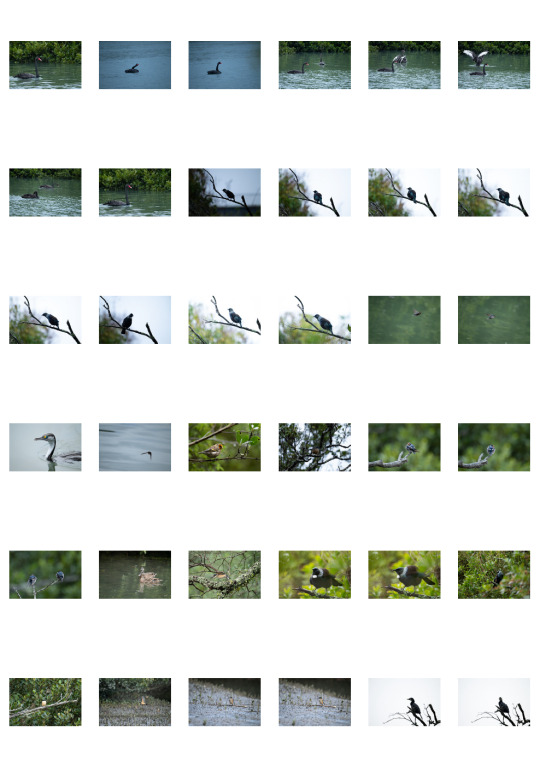
Week8 SDL
This week I did a photoshoot in the morning bewteen high tide and low tide. I was lucky to see lots of different birds in Weona Reserve. The light was low and all the photos have around iso6400.
0 notes
Text
Charlie Hamilton James' kingfisher project

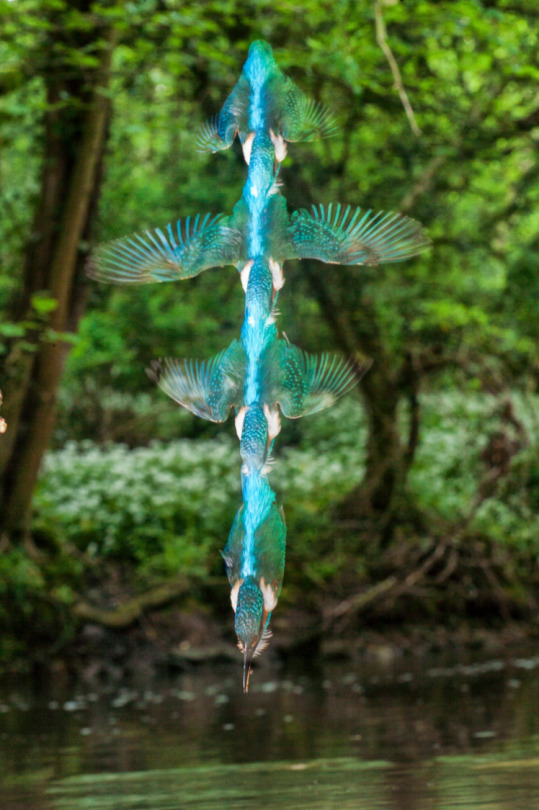

Charlie Hamilton James is an English wildlife photographer. In this series, he combines technical complexity and emotion to create interesting stories behind his photos. I think this is a good start point for my project. There's not much you can do for "common" wildlife because they usually do not have sufficent background stories as rare or endangered species do. Therefore, focusing on technical aspect might be the way to go.
0 notes
Text
APERTURE ARCHIVE
I am interested in the way colors are used for these two, expecially for Bavid Benjamin Sherry's large format film photography. The photos are simple but the colors make them stand out so much. Especially in a gallery space.

0 notes
Text
Summative Ideas
What and who will you portray?
Birds. E.g. kingfisher, tui, shag.
What might you communicate visually through the concept of portrayal?
Action and interesting behaviors.
How will you select and sequence your images?
I will select images that best capture the key moments of actions, and use the sequence to tell story.
How do we find our ‘voice’ in creative work?
Look for the connection between the subject and myself.
0 notes
Text
14 Days photo challenge
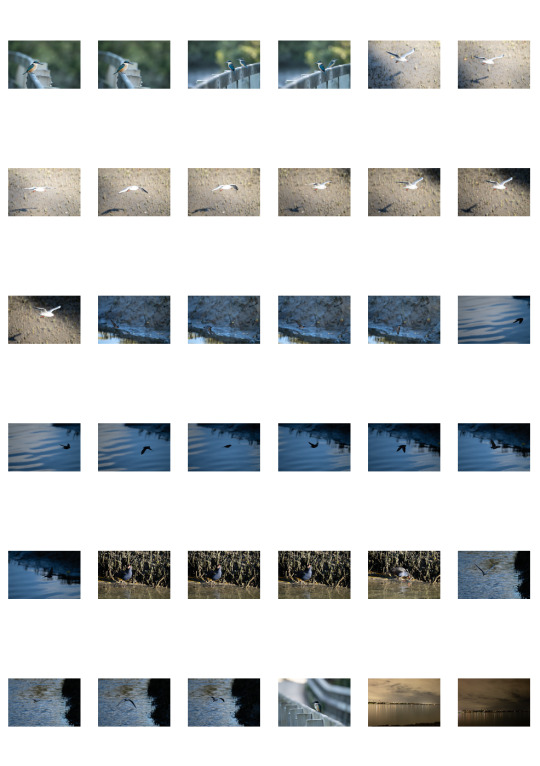
During the 14 days photo challenge, I've been focusing on BIF, which is bird in flight picture. It was quite challenging to have a nice sharp image. It was either the camera couldn't get a lock on the bird, or high ISO caused by poor light codition. I think none of these photos will be used for the project.
0 notes
Text









Photobook activity
I visited library today and found an interesting photobook by Peter Peryer. I like the way the photos arranged in this photobook. He put photos that share simularity next to each other, like number, proposition, and theme. I also appreciate the empty space in the book; it makes the book look clean and help readers to focus on photos.
0 notes
Text
Self-directed photo shoot
Location: Weona reserve
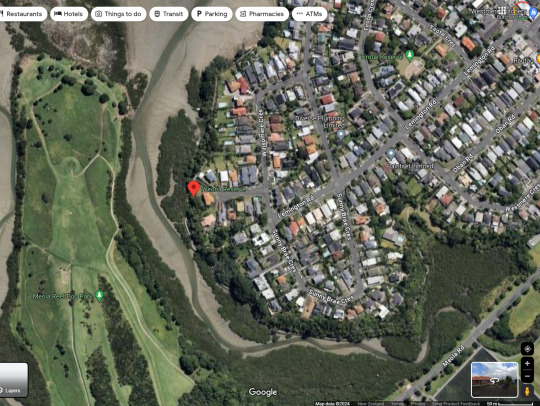
Time: Low tide

Subject: Kingfisher

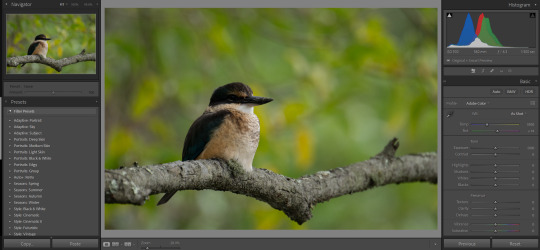
0 notes
Text

1/125 f4.0 iso100 105mm

1/125 f4.0 iso100 105mm

1/125 f4.0 iso100 105mm

1/125 f4.0 iso100 105mm

1/125 f4.0 iso100 105mm

1/125 f2 iso560 40mm

1/125 f5 iso6400 40mm

1/125 f2 iso640 40mm

1/125mm f5 iso450 40mm
Week 6 Presentation
0 notes
Text
Whose Migrant Mother is this?
It is sort of like the story of Afgan girl. These images have had profound impacts on public consciousness, often altering the lives of those photographied and influencing historical discourse. The ease with which images can be manipulated or misinterpreted highlights the importance of sensitivity and responsibility for a photographer. Every shutter press carries weight, we should always be mindful of the potential consequences of our photos.
0 notes
Text
The Disturbing True Story of the Afghan Girl
This story reminds me another photo taken in 1968, Vietnam.
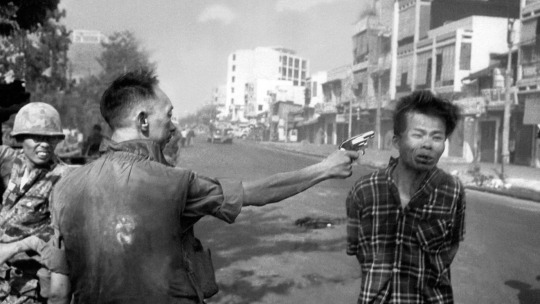
The person on the right is Lém, also known as Bảy Lốp, was a member of a death squad responsible for the execution of South Vietnamese officer Nguyễn Tuân and several members of Tuân’s family. On the left stands South Vietnamese Gen. Nguyen Ngoc Loan, chief of the national police, who was photographed in the act of executing Lém. The photographer Eddie Adams captured the moment of execution, and this photos changed public perception in the US over the war. Many Americans viewed Lém as an innocent bystander, prompting questions about the accuracy of the narrative provided by the US media and government regarding the success of the war, galvanizing the anti-war movement. This photos not only change the course of war but also change the life of the general and his family forever. The photo of Afghan Girl and Lémthe remind us the importance of examining the stories behind the images we encounter and recognizing the impact they can have on individuals and societies.
2 notes
·
View notes








